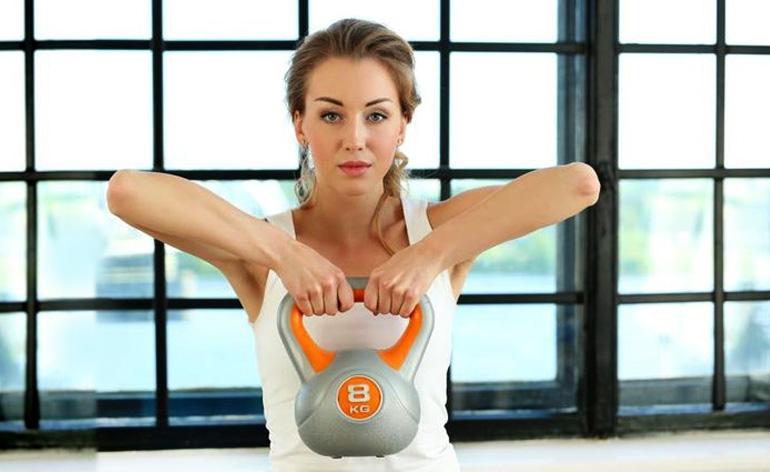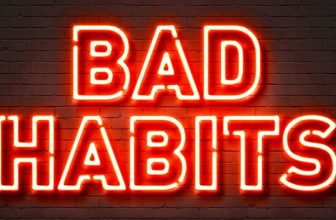
The back or posterior of our body is made up of a multitude of muscles including the posterior deltoid and rotator cuff muscles which form part of the shoulder and are responsible for pulling movements. With there being so many muscles, there are also as many possible exercises to develop those muscles. Deciding which ones to target your own back however is another matter! Here, we’ll go through a list of Top 5 Back Exercises! These hit more than one of these muscles at a time.
1) Deadlifts. Performed mainly with a barbell and with heavy weight, the deadlift is the ultimate exercise for back strength. This one involves pulling dead weight from the floor with a straight back and a high chest.
The movement is a partial squat followed by back extension and possible hyperextension and mainly involves the quadratus lumborum (QL), latissimus dorsi and biceps as well as other agonist muscles to perform the movement. Two main exercises to hit this muscle directly are deadlifts and hyperextensions.
2) T-bar row. This is more of a rowing movement but done standing up with knees bent and a straight back. Although it indirectly hits the QL muscles, it’s chiefly trained to provide thickness to the latissimus dorsi and erector spinae muscles. This exercise also indirectly hits the bicep muscles but pulling with your elbows and squeezing the lats on the concentric phase of the movement will help remove bicep activation.
3) Pullups. These can be performed with either your own body weight, added weight or aided and is one of the most effective muscle building exercises of all. The main muscle worked is the latissimus dorsi and it functions by pulling the body upwards and elbows towards the side of your body thereby forcing the shoulder blades to retract and squeeze together. In order to get the best out of this exercise it’s best performed at the beginning of a workout.
4) Barbell rows (bent over). This is another pulling/rowing exercise, in which a greater load can be placed on the entire back. The main muscles worked are the latissimus dorsi, trapezius (neck), rhomboid (central upper back) erector spinae, (spine-length muscles) teres major and minor (armpit muscles) which all get involved once the elbows are pulled behind the body. This exercise is considered a compound movement and should be performed as a prime exercise either before or after deadlifts as more load can be used to overload the posterior.
5) Lying Dumbbell Pullover. The first 4 exercises mentioned above all involve bringing the elbows closer to the body and build back thickness. The lying dumbbell pullover is instead a movement that stretches the latissimus dorsi in the negative phase of the repetition using straight arms throughout so as not to activate the triceps. This is a single joint movement and should be performed at the end of a workout when all the muscles especially the latissimus dorsi are pre-exhausted, so excessive weight cannot be used in such a vulnerable position. An alternative to this is the seated machine pullover which is a lot safer but the range of motion is far more limited in comparison.
So if you want complete back development, a strong, erect posture, the confidence that goes with it and to avoid visits to the doctor with lower back pains (including taking meds etc) I recommend including these exercises in your posterior training arsenal as they hit every lower and upper angle of your back. Perform these to improve the width, thickness and detail of all your back muscles!









